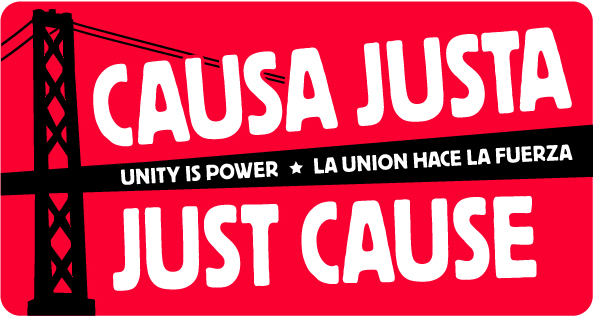For Immediate Release: July 15, 2014
PRESS RELEASE
Tuesday, July 15, 5:30-9PM / Oakland City Council, First Reading of West Oakland Specific Plan
First reading of WOSP takes place at Oakland City Council tonight
Longtime residents voice deep concerns over lack of protections
OAKLAND–A decision over the future of West Oakland gets one step closer tonight as the first reading of the contentious West Oakland Specific Plan (WOSP) takes place at the Oakland City Council. A large public turnout is expected as opponents fight to maintain relevance to proposals in the plan.
The recently released draft plan outlines a number of areas ripe for development in West Oakland and calls for incentives for investment in these areas.
Organizers say the plan will displace working families who have lived in West Oakland for years and that it was not created to keep current working-class residents/families of color in the neighborhood.
“While proponents try to simplify the opposition by using a broad brush to make us out to beanti-development and investment — we’re not. But we understand that the process needs to be driven by the residents who are impacted by it to prevent further displacement,” says Robbie Clark, Housing Rights Campaign Lead Organizer for CJJC.
Community opposition to the plan has been growing over the last several months as it has become clear that there are few measures included that would help keep current residents in the neighborhood, such as protections for renters, preservation of land for low-income housing and community use, significant affordable housing requirements, or community control over development decisions.
As gentrification sweeps the San Francisco Bay Area, West Oakland has seen rents increase dramatically and residents evicted to make room for new residents who can pay higher rents.
From the WOSP:
Renter households comprise 78% of the households in West Oakland compared to the city’s overall share of 58%, which in turn is already much higher than state and national rates.
There are several reasons for a higher proportion of renters. Some are renters by choice. Some are because of lack of jobs, lack of availability or access to well-paying jobs. Some of the higher renter percentage is also due to the intention of some San Francisco workers to live in West Oakland and commute to San Francisco.
Renter units can be a strong part of the economy but when such a high portion of the populations consist of low income renters, that population is extremely vulnerable to displacement. (emphasis added)
A report recently released by Causa Justa :: Just Cause, outlines the causes of gentrification in the Bay Area as well as a number of recommendations for how local governments can slow, prevent and reverse it. The report is available for download here.
# # #

